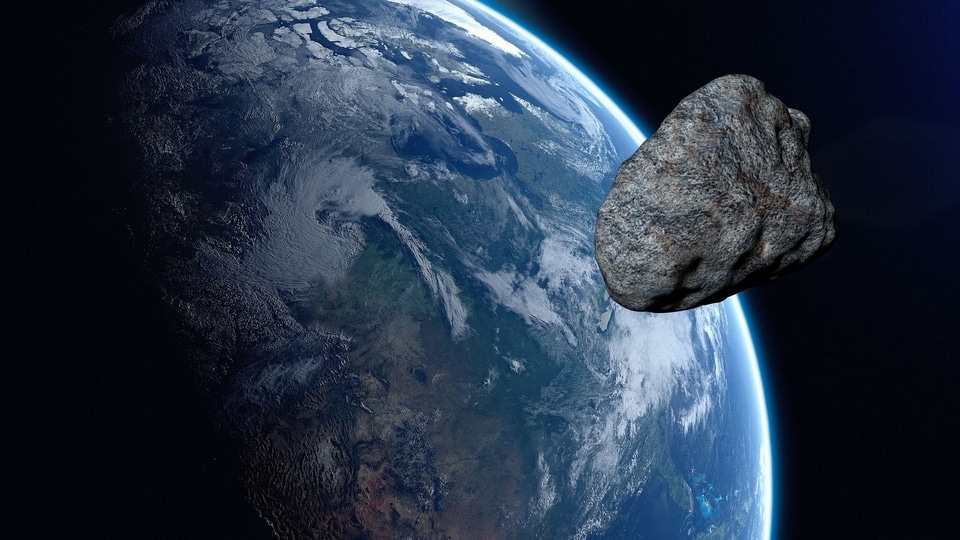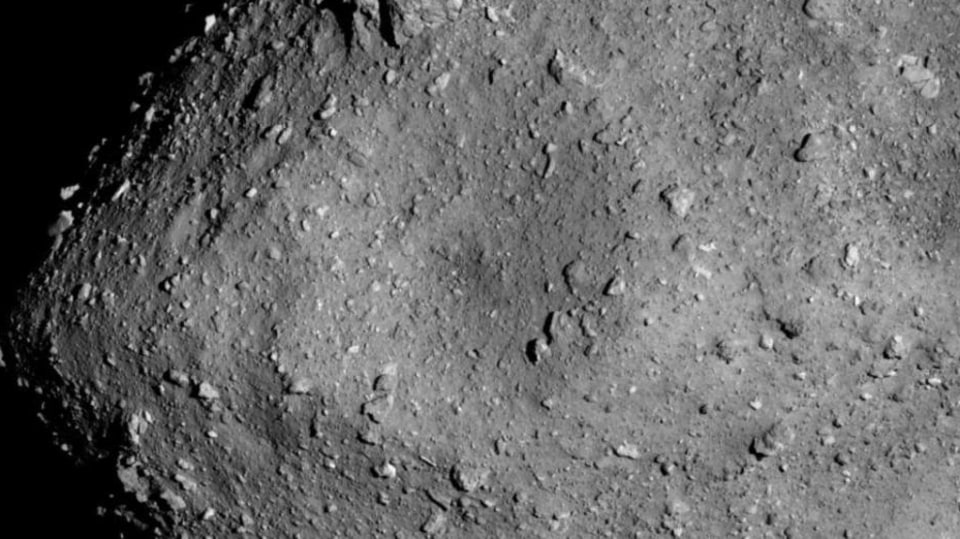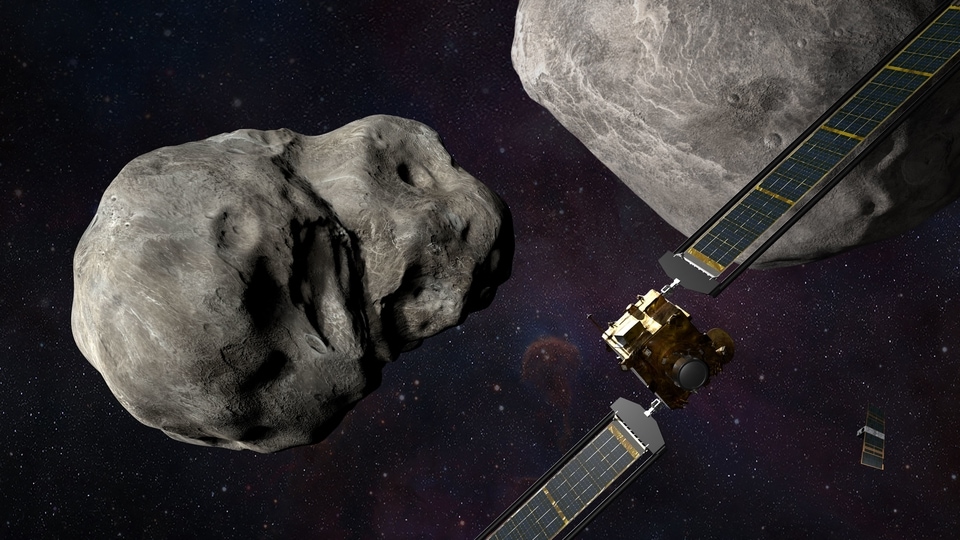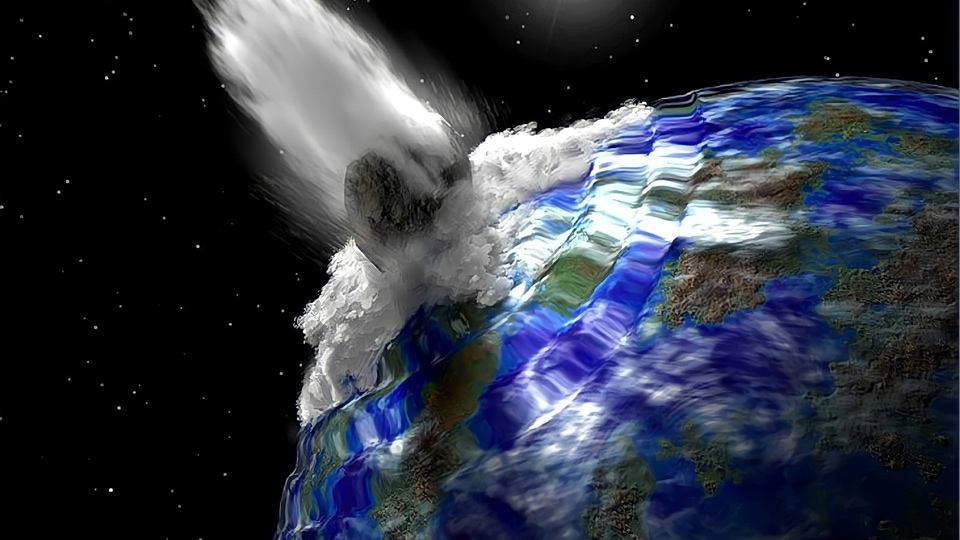Amazing discovery! Asteroid impact sites identified using CSI techniques
The impact sites of asteroids were identified using CSI techniques usually used to solve crimes. Here's how the research took place.



_1639115875543_1639115887157.jpg)


 View all Images
View all ImagesAsteroids have struck the Earth more than once in the last billion years. Some of them have changed the course of history. These space rocks are also the reason behind the extinction of dinosaurs. But how can asteroid impact craters, which struck the Earth thousands of years ago be identified? These researchers might have found an answer. In an astonishing development, a team of international researchers identified the impact sites of asteroids using CSI crime solving techniques.
According to the research, only 30 percent of Holocene asteroid impact craters have been identified in the last 11,650 years. The researchers used charcoal samples from crater sites to identify the asteroid impact. A recent article published in Geological Society of America's journal Geology explains that the bodies of organisms which died due to the asteroid impact can be analyzed to find out the extent of damage caused by the asteroid impact. By studying how an organism died, researchers can find out the conditions in which they were killed, which reflects the properties of an asteroid.
What does the research team say
Lead author of the study Dr. Ania Losiak, from the Institute of Geological Sciences, Polish Academy of Sciences and the University of Exeter told the University of Exeter website, "The properties of organisms turned into charcoal reflect the conditions in which they were killed.”
The team of researchers dug out four trenches around four craters. Dr. Jüri Plado and Dr. Argo Jõeleht of the research team found out that “surprisingly, in all those places we found the same thing: millimeter- to centimeter-sized pieces of charcoal intermixed within material ejected during its formation and located at the same place in respect to the crater.”
Dr. Ania Losiak said, "Those conditions, such as the heat the wood was exposed to or the duration of the heating, leave tell-tale signs in the material's structure. For example, charcoal from low-energy surface fires, like burning bushes and leaves, has different properties than charcoal from high-intensity wildfires.”
"Impact charcoals are very strange. They all look as if they were formed in much lower temperatures than wildfire charcoal, and they are all very similar to each other, while in a wildfire it is common to find strongly charred wood just next to barely affected branches,” she further added.
Catch all the Latest Tech News, Mobile News, Laptop News, Gaming news, Wearables News , How To News, also keep up with us on Whatsapp channel,Twitter, Facebook, Google News, and Instagram. For our latest videos, subscribe to our YouTube channel.
































